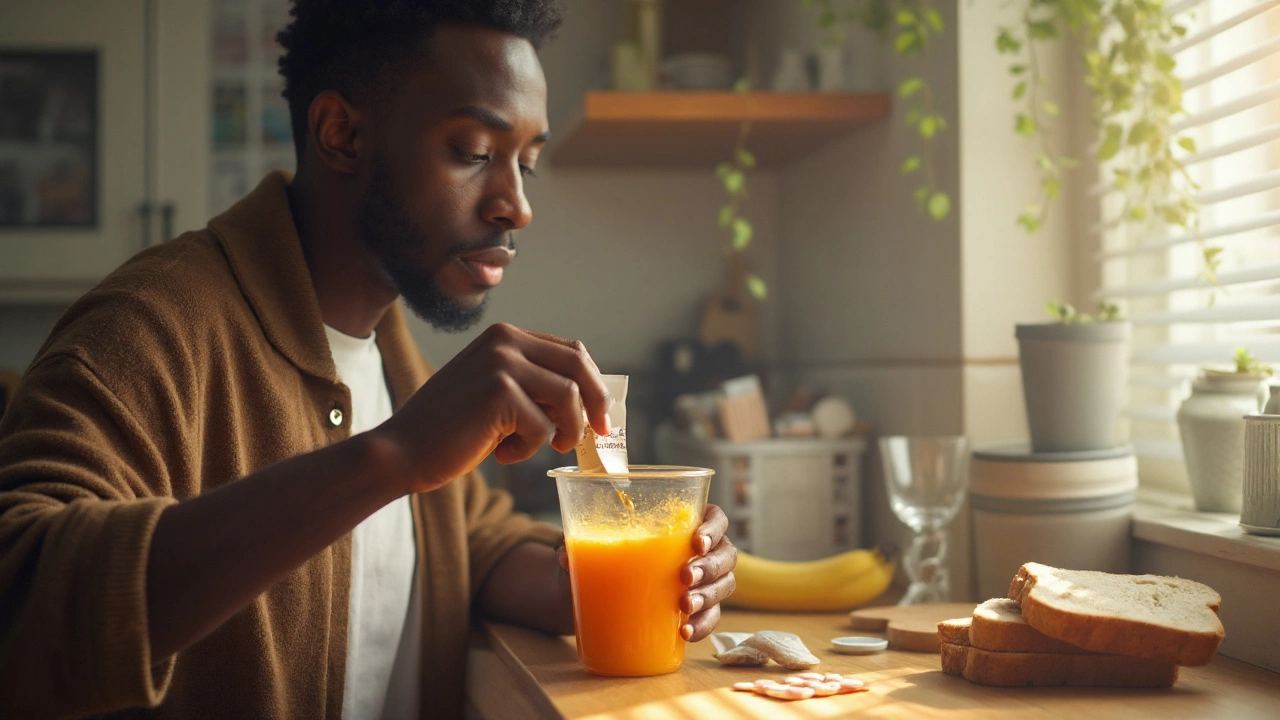Bile Acid Malabsorption: What It Is and How to Manage It
If you’ve ever had sudden, watery diarrhea that doesn’t seem to fit any food intolerance, bile acid malabsorption (BAM) might be the hidden culprit. In simple terms, BAM happens when the ileum—a part of your small intestine—fails to reabsorb bile acids after they help digest fats. Those unabsorbed acids spill into the colon, pulling water in and causing the loose stools you’ve been battling.
Common Signs & Symptoms
The most obvious sign is chronic watery diarrhea, often worse after meals that contain fat. You might also notice urgency, abdominal cramping, or a feeling of bloating that doesn’t go away. Some people report oily or greasy stools that look pale, and a noticeable weight loss despite eating normally. Because these symptoms overlap with IBS, celiac disease, or infections, doctors sometimes miss BAM unless they specifically test for it.
Diagnosis and Causes
Diagnosing BAM usually starts with a detailed medical history and stool diary. Doctors often use a SeHCAT scan—a radioactive test that tracks how well your body retains a synthetic bile acid. Blood tests showing low serum 7α‑C4 can also point to BAM. The condition can be primary (no obvious cause) or secondary, linked to Crohn’s disease, surgical removal of the ileum, or certain medications like cholestyramine.
Treatment and Lifestyle Tips
The first line of treatment is bile‑acid sequestrants such as cholestyramine, colestipol, or colesevelam. These bind the excess acids in your gut, preventing them from irritating the colon. Start with a low dose and gradually increase to avoid constipation. If one drug causes side effects, swapping to another often helps.
Diet plays a big role, too. Cutting back on high‑fat meals reduces the amount of bile your body releases. Try spreading your fat intake across smaller, more frequent meals instead of large dinners. Some people find relief by adding soluble fiber—like psyllium husk—to their diet; it can thicken stools and slow down transit time.
Probiotics may improve overall gut health, though they’re not a cure‑all for BAM. Stick with strains that have solid research behind them, such as Bifidobacterium infantis or Lactobacillus rhamnosus. Keep a food‑symptom log to spot any specific triggers beyond fat, like caffeine or artificial sweeteners.
If symptoms persist despite medication and diet changes, your doctor might consider adjusting the dose, trying a different sequestrant, or exploring newer therapies like ileal bile‑acid transport inhibitors. In rare cases where surgery caused BAM, a repeat ileal resection or creating a diversion can be considered, but this is a last‑resort option.
Living with BAM isn’t fun, but with the right mix of medicine, mindful eating, and a bit of trial‑and‑error, most people get their symptoms under control. Keep the conversation open with your healthcare provider—regular follow‑ups can fine‑tune your treatment plan and keep you from unnecessary discomfort.

Cholestyramine for IBS-D: Can It Relieve Diarrhea and Urgency?
Can cholestyramine help IBS? See who benefits (often IBS-D with bile acid diarrhea), how it works, dosing tips, safety, side effects, and smart alternatives.